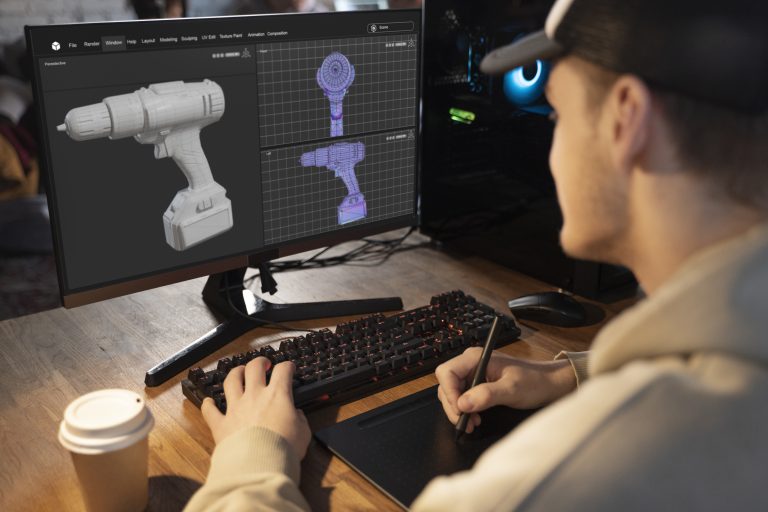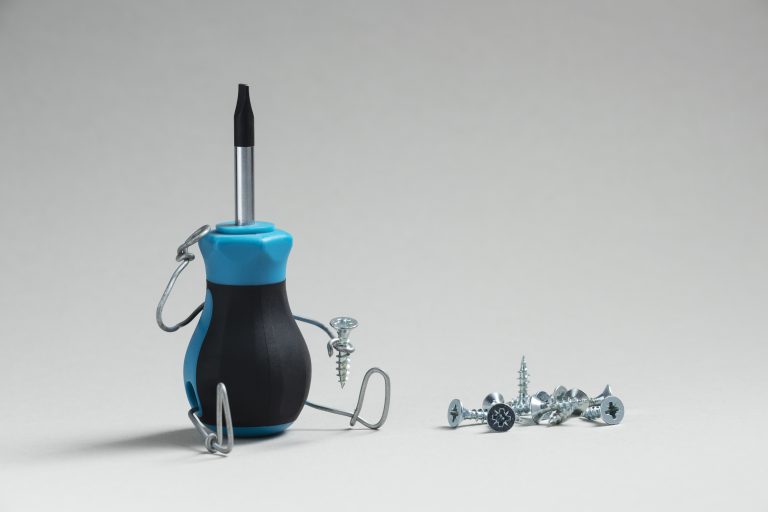Exploring the many types of plastic injection moulding
Plastic moulding is a hugely versatile method of manufacturing, able to produce a wide range of plastic products from water bottles to warning signage. In order to be able to produce such a versatile array of plastic products, the injection moulding process must be able to adapt to each type of manufacturing requirement. Having a choice of different methods and techniques enables customers to receive a bespoke service to meet their requirements exactly when it comes to design, material type, performance and durability. Here are some of the most commonly used moulding processes.
Injection moulding
Injection moulding is a very popular method for producing structurally sound plastic parts and components en masse, using melted polymers and plastics. These are forced into a specially shaped mould cavity, left to solidify and then extracted from the mould once cool. Very effective for prototypes and mass-produced solid items such as toys, phone components, automotive parts and utensils.
Blow moulding
Blow moulding follows a similar process to injection moulding, but the melted plastic is poured vertically out of a barrel and down into the mould, via a special tube. From there, the action of the mould closing on it blows the plastic outwards to that it coats the inside of the mould to form the required shape. As it cools, the inside section hollows out, making it a great technique for bottles, food containers and tubes.
Structural foam moulding
This is an oft-chosen method for items that need thicker walls for greater durability and tensile strength. A small quantity of nitrogen or chemical blow agent is added into the melted plastic to thicken its consistency. The mixture foams as it enters the mould, forming a plastic ‘skin’ that solidifies to make the wall of the item being constructed. This technique works with any type of thermoplastic that is capable of being injection moulded.
Thermoforming
Rotational moulding
This method uses powdered plastic that is fixed around spokes that extend out from a central hub inside a specially prepared mould. As the mould rotates, the hub moves into a furnace room, where the plastic powder melts and sticks to the inside of the mould. The hub then moves to a cooling area, where the hot plastic hardens into a hollow component that fits the exact shape of the mould. This is a slightly costlier process, but a good option for prototypes and pieces that need to be highly accurate, but not produced in high numbers.
Compression moulding
Compression moulding uses vertical presses as opposed to the horizontal ones found in injection moulding. The plastic material is pressed between the two halves of the heated mould to form the required shape. It is then air-cooled, extracted and passed on to quality control. This is a moderately costly process that yields excellent results and high levels of accuracy.
Gas assist moulding
Finally, gas assist moulding uses gas injection moulding techniques to create hollow plastic parts that are needed by the customer. The hot plastic is partially added to the mould and immediately followed by a jet of high-pressure inert gas (e.g. nitrogen) to force it into the right place against the walls of the mould. The process is repeated until the required wall thickness is achieved.





